The art of preparing soy milk at home seems simple enough—soak, blend, strain, boil. Yet, there’s a critical step that separates a perfectly safe, nutritious drink from one that could leave an unpleasant aftertaste or even cause digestive discomfort: the boiling process. Specifically, the moment when the foam rises and the clock starts ticking. Many home cooks underestimate the importance of continuing to boil soy milk for a full eight minutes after the initial foaming, but this step is non-negotiable for both safety and flavor.
When raw soy milk first reaches its boiling point, a thick layer of foam rapidly forms on the surface. This is often mistaken as a sign that the soy milk is fully cooked, leading inexperienced makers to turn off the heat prematurely. However, this foam is merely the beginning of a necessary thermal breakdown. Soybeans contain natural compounds called trypsin inhibitors and lectins, which can interfere with protein digestion and cause gastrointestinal distress if not properly deactivated through sustained high heat. A rolling boil maintained for eight minutes post-foaming ensures these anti-nutrients are neutralized.
The chemistry behind this process is fascinating. Trypsin inhibitors, as their name suggests, block the activity of trypsin, an enzyme crucial for breaking down proteins in the small intestine. While moderate levels of these compounds might not cause immediate harm, regular consumption of undercooked soy milk could lead to pancreatic hypertrophy over time as the organ works overtime to compensate. Lectins, another concern, are glycoproteins that can bind to intestinal lining cells, potentially triggering nausea or diarrhea. Neither of these threats are visible to the naked eye, making the eight-minute rule an essential safeguard.
Beyond food safety, the extended boiling time profoundly impacts the flavor profile of homemade soy milk. Those who’ve tasted improperly prepared versions often describe a "beany" or "grassy" aftertaste—a hallmark of insufficient heat exposure. The Maillard reaction, responsible for browning and flavor development in many cooked foods, requires time to work its magic on soy milk’s amino acids and sugars. Eight minutes of post-foam boiling allows for the development of a rounded, slightly sweet flavor that masks the raw legume notes many find objectionable.
Temperature control presents another challenge during this crucial phase. As foam threatens to boil over, home cooks often instinctively lower the heat, potentially dropping the temperature below the effective threshold for neutralizing anti-nutrients. The key lies in maintaining a vigorous boil while managing the foam—either by stirring constantly, using a larger pot to allow for expansion, or occasionally skimming the surface. Some traditional methods involve adding a small amount of oil to break the foam’s surface tension, though this can alter the final product’s mouthfeel.
Modern kitchen tools have introduced new variables to this ancient process. Induction cooktops, for instance, heat more evenly but may cycle on and off to maintain temperature, potentially affecting the consistency of the boil. Pressure cookers, while excellent for initial soybean softening, aren’t suitable for the final boiling stage as they prevent visual monitoring of foam formation. Even the type of pot matters—heavy-bottomed stainless steel distributes heat more evenly than thin aluminum, reducing scorching risks during the extended boiling time.
Cultural traditions surrounding soy milk preparation reveal interesting variations on this theme. In northern China, where soy milk often accompanies savory breakfast items, the eight-minute boil is considered absolute minimum, with some families preferring ten to twelve minutes for a richer flavor. Japanese artisans making kinako (roasted soybean flour) traditionally boil soy milk in copper pots, which some believe enhances sweetness. These regional differences highlight how a seemingly simple cooking directive adapts to local tastes and equipment.
Nutritional studies have quantified the benefits of proper boiling. Research published in the Journal of Food Science demonstrated that soy milk boiled for less than five minutes retained up to 30% of trypsin inhibitor activity, while samples boiled for eight minutes showed nearly complete elimination. Interestingly, the same study found that ultra-high-temperature (UHT) processed commercial soy milk, while safe, lacked certain beneficial protein structures that develop during traditional extended boiling—a nod to the wisdom of old methods.
The sensory markers of adequately boiled soy milk are worth memorizing. Visually, properly prepared soy milk develops a slight creamier opacity compared to its initial watery appearance. The surface foam, initially thick and bubbly, diminishes to occasional small bubbles that don’t accumulate. Aromatically, the raw "green" scent gives way to nutty, almost malty notes. When tasted, it should glide smoothly across the palate without any prickly or powdery sensations—textural clues that anti-nutrients may remain active.
For those documenting their soy milk-making process, timing precision matters. The eight-minute count begins not when bubbles first appear at the pot’s edges (a common misconception), but when the entire surface erupts in foam that requires stirring to prevent overflow. Using a digital timer eliminates guesswork, as the difference between six and eight minutes can be substantial in terms of anti-nutrient reduction. Some experienced makers listen for changes in the boiling sound—the initial violent bubbling settles into a more rhythmic "rolling" noise as proteins denature.
Storage implications also tie into proper boiling. Soy milk that hasn’t undergone sufficient heat treatment spoils faster, as residual enzymes continue breaking down components even during refrigeration. Properly boiled soy milk maintains its freshness for up to five days when chilled, with much slower separation of solids. Freezing becomes more viable too—the stabilized proteins withstand temperature extremes better, preventing the grainy texture that plagues rapidly frozen undercooked versions.
Commercial operations face scaling challenges with this principle. Large batch boilers must account for depth-induced temperature variations that home pots don’t encounter. Some manufacturers employ pre-heating steps or continuous flow heating systems to ensure all portions receive adequate thermal treatment. Ironically, the prevalence of commercial soy milk has led many home cooks to assume store-bought safety standards apply to their kitchen efforts—a dangerous assumption given that industrial processes often include steps impossible to replicate domestically.
Allergy considerations add another layer of complexity. While proper boiling won’t eliminate soy allergens (those proteins require much higher temperatures), it does reduce the likelihood of reactions caused by lectin activity. Individuals with mild soy sensitivities often tolerate homemade soy milk better than commercial versions, possibly due to the elimination of these secondary irritants. However, those with true IgE-mediated soy allergies shouldn’t consider extended boiling a protective measure.
The environmental aspect of extended boiling warrants consideration. Eight additional minutes of high heat represents significant energy consumption, leading some sustainability-minded makers to explore alternatives like pre-soaking beans in hot water or using thermal cookers that retain heat without continuous power input. While these methods can reduce energy use, they require careful validation to ensure anti-nutrient levels drop sufficiently—a trade-off between eco-friendliness and food safety that each cook must evaluate.
Historical context reveals how this practice evolved. Early records of soy milk preparation in Chinese medical texts from the Song Dynasty mention repeated boiling, though precise timing wasn’t specified. The eight-minute standard appears to have crystallized in the early 20th century as nutritional science advanced. Before thermometers were commonplace, cooks used visual cues like "three skimmings" or waiting until the liquid "recedes from the pot’s edge"—descriptions that modernized into our current time-based guideline.
For those venturing into fermented soy products like douhua (soy pudding) or yogurt, proper initial boiling becomes even more critical. Residual anti-nutrients can inhibit bacterial cultures, leading to failed fermentation or off-flavors. The clean, neutral canvas created by thorough boiling allows delicate fermentation flavors to shine without competing with raw soybean notes. Artisans specializing in these products often extend boiling times slightly beyond the home cook’s eight minutes, sacrificing some volume through evaporation for absolute purity.
Misinformation abounds regarding shortcuts. Internet claims that blending soaked beans with boiling water (rather than cold) eliminates the need for extended boiling have been debunked by food scientists—while heat does begin degrading anti-nutrients during blending, the exposure time is too brief for complete neutralization. Similarly, adding baking soda to speed up the process alters pH in ways that affect protein structure and mineral bioavailability, creating new problems while solving none.
The psychological barrier to adopting this practice often stems from its counterintuitive nature. In an era of minimal processing and "raw is better" trends, deliberately "overcooking" a food item feels unnatural. Yet soy milk stands as an exception—a rare case where vigorous, prolonged heat transforms something potentially problematic into a nourishing staple. This cultural knowledge, passed down through generations of Asian home cooks, now finds validation in modern laboratories, bridging tradition and science.
Mastering the post-foam boil elevates homemade soy milk from questionable experiment to reliable kitchen staple. It represents one of those crucial intersections where food safety, nutrition, and sensory pleasure converge—a few extra minutes at the stove yielding outsized rewards. As global interest in plant-based mil grows, preserving this wisdom ensures new generations can enjoy soy’s benefits without repeating old mistakes. The foam, then, serves not as a finish line, but as a starting gun for the real transformation.

By /Aug 11, 2025
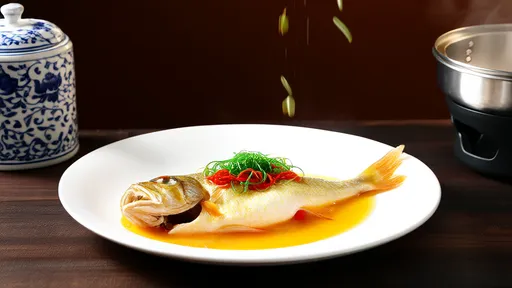
By /Aug 11, 2025

By /Aug 11, 2025
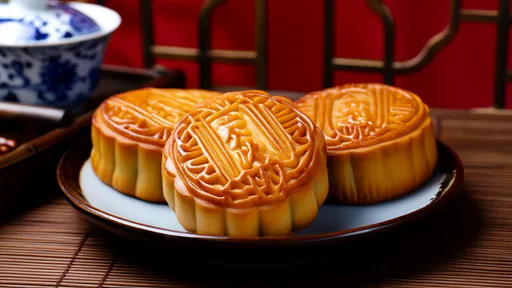
By /Aug 11, 2025
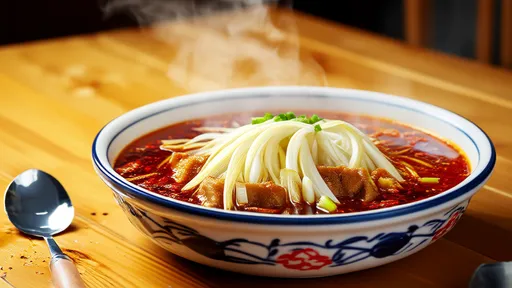
By /Aug 11, 2025

By /Aug 11, 2025

By /Aug 11, 2025

By /Aug 11, 2025

By /Aug 11, 2025

By /Aug 11, 2025
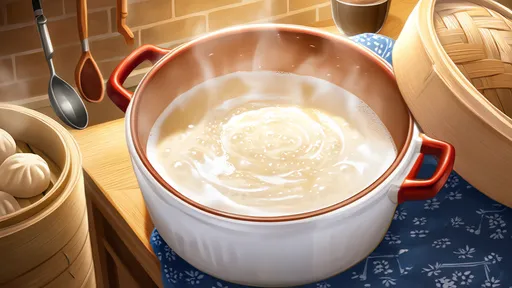
By /Aug 11, 2025
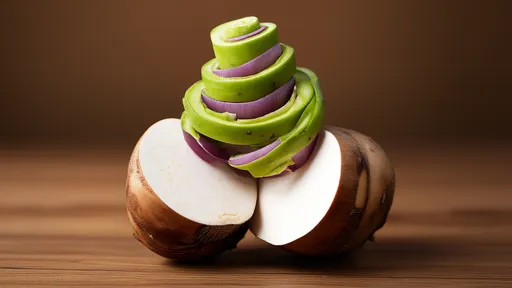
By /Aug 11, 2025
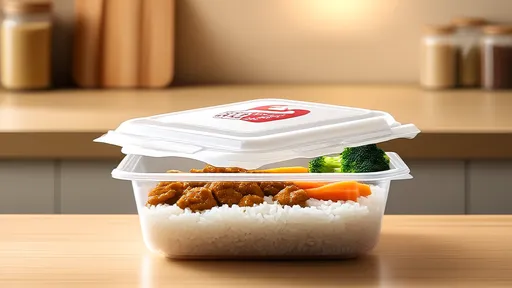
By /Aug 11, 2025

By /Aug 11, 2025

By /Aug 11, 2025
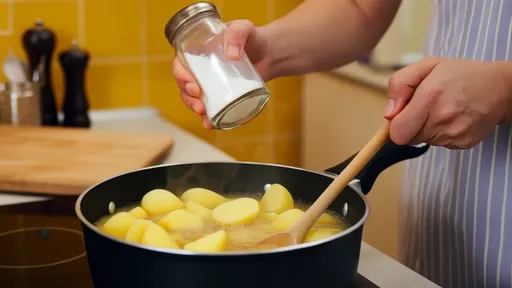
By /Aug 11, 2025

By /Aug 11, 2025

By /Aug 11, 2025

By /Aug 11, 2025

By /Aug 11, 2025